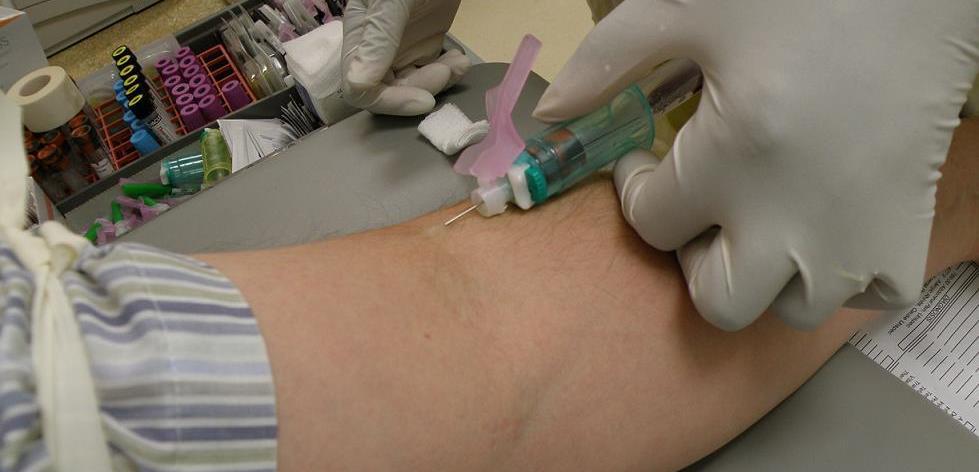
Dramatic rise in syphilis rates in Victoria

SYPHILIS rates among men who have sex with men have risen dramatically in Victoria over the past year, with a significant increase specifically in HIV-positive men.
The number of syphilis cases notified in 2013 were up 42 per cent on 2012 and 126 per cent on 2010, with a total of 663 reported cases. Around half of the reported cases were in HIV-positive men, and a significant proportion of those cases were reinfections.
Professor Kit Fairley from Alfred Health told the Star Observer despite the overall increase in syphilis rates the proportion of infections among HIV-positive men reflected the norm.
A rise in syphilis rates is a particular public health concern due to its relationship to HIV transmission. A person with syphilis is more likely to both contract and transmit HIV, but Fairley said researchers were unclear of the exact reasons for this.
“We’re not sure whether that relates to some differences in sexual practises or whether that relates to differences in immunity or susceptibility,” Fairley said.
Syphilis has been on the rise across Australia, but Victoria saw the largest increase last year.
It has prompted Victoria’s Chief Health Officer Dr Rosemary Lester to issue a health alert, encouraging all men who have sex with men (MSM) to get tested for the infection at least once a year.
The alert also stated MSM with more than 10 partners in the past year should test for syphilis every three months, and HIV-positive MSM should be screened for syphilis as part of routine HIV monitoring.
Fairley told the Star Observer a focus on encouraging both clinicians and at-risk groups to test more often for syphilis was the best approach to curbing rising rates, given the difficulty of protecting against infection during sex.
“The thing about syphilis — the same thing is true for gonorrhoea — is it can be transmitted through non-anal sex. So oral sex or mutual masturbation or other stuff can transmit syphilis equally well. So if HIV-positive individuals are being safer, it doesn’t actually help with syphilis,” Fairley explained.
Syphilis is a notifiable disease in Australia, meaning cases must be reported to the National Notifiable Diseases Surveillance System.









